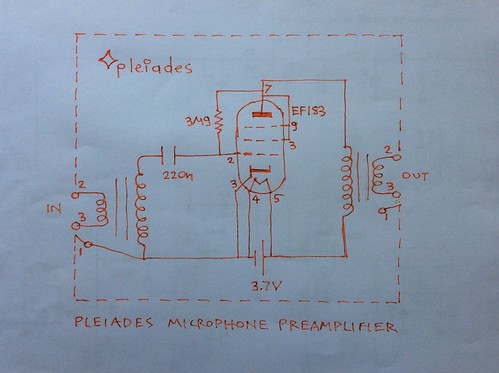Attention: at your own risk, take all safety precautions when experimenting.
By searching with the title keywords on Google this is one of the first search results and has a nice section on contact potential, mentioning the other effect of potential change due to emission of electrons from the cathode (the cathode misses electrons and becomes positive).
https://mysite.du.edu/~etuttle/electron/elect27.htm#ConPot
In summary what we measure between 2 electrodes may not be the correct value. The contact potential has to be subtracted.
But as said above there is already another potential between say cathode and grid when the cathode is heated. The mechanism is possibly as follows. Electrons are emmited, cathode looses electrons, cathode becomes positive with respect to grid or grid negative with respect to cathode. This is negative internal bias. The measured value can be -700mV for a Nivistor 7586, or a EF183 bit heated with 5V. What is the contact potential correction? Whatever it is the internal bias is so negative there is no operation of the electron tube at low anode voltage. But if...
A way to make electron tube operation possible at very low plate or anode voltage is to apply Pleiades bias, (anode bias) by a typically 4-8MΩ resistor from anode to grid.
The grid still is negative but mich less so. Even when 3V are applied to the anode the anode current increases dramatically (from say almost 0 to 70μA, gain goes up, noise goes down and the electron tube operates in a great ultra low noise way.
An example is the Pleiades V6 microphone booster amplifier.

See also: On preserving transconductance of electron tubes at an anode potential as low as 3V - euroelectron
And the classic paper of Edwin Armstrong which shows how just inserting a grid unconnected dramatically reduces anode current in an electron tube:
Operating Features of the Audion - E. H. Armstrong
No comments:
Post a Comment